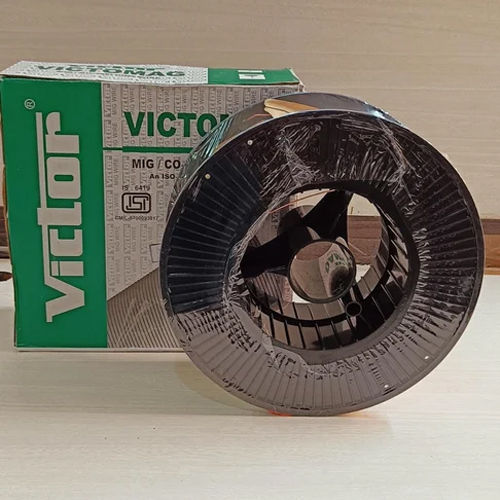
Stainless Steel MIG Welding Wire
280 INR/Kilograms
Product Details:
- Usage Industrial
- Material Stainless Steel
- Size Different Sizes Available
- Coating Polished
- Click to View more
X
Stainless Steel MIG Welding Wire Price And Quantity
- 280 INR/Kilograms
- 1250 Kilograms
Stainless Steel MIG Welding Wire Product Specifications
- Stainless Steel
- Polished
- Different Sizes Available
- Industrial
Stainless Steel MIG Welding Wire Trade Information
- Cash Advance (CA)
- 5000 Kilograms Per Month
- 10 Days
- All India
Product Description
Stainless steel MIG welding wire is specifically designed for welding stainless steel materials using the MIG welding process. It's essential for applications where corrosion resistance and aesthetic appearance are crucial, such as in food processing equipment, chemical processing plants, and architectural structures.
Stainless steel MIG welding wires come in various grades, each tailored for specific applications and base materials. Some common grades include:
1. 304/304L: This grade is one of the most widely used stainless steel alloys for general-purpose welding applications. It offers good corrosion resistance and is suitable for welding a wide range of stainless steel components.
2. 308/308L: These grades are used for welding 18-8 stainless steel alloys, including types 301, 302, 304, and 308. They offer excellent corrosion resistance and are suitable for welding applications where post-weld annealing is not practical or desired.
3. 316/316L: These grades are used for welding molybdenum-bearing stainless steels, such as types 316 and 316L. They offer superior corrosion resistance, particularly in harsh environments containing chlorides or acids.
4. 309/309L: These grades are designed for welding dissimilar metals, such as stainless steel to carbon steel or low-alloy steel. They offer good resistance to high temperatures and thermal cycling.
5. 347: This grade is specifically designed for welding stabilized stainless steels, such as type 321. It contains columbium (niobium) to prevent intergranular corrosion after welding in high-temperature applications.
When selecting stainless steel MIG welding wire, it's crucial to match the wire composition with the base material to achieve optimal weld quality and performance. Factors such as wire diameter, shielding gas composition, welding parameters, and joint design should also be considered to ensure successful welding operations.
Tell us about your requirement

Price:
Quantity
Select Unit
- 50
- 100
- 200
- 250
- 500
- 1000+
Additional detail
Mobile number
Email


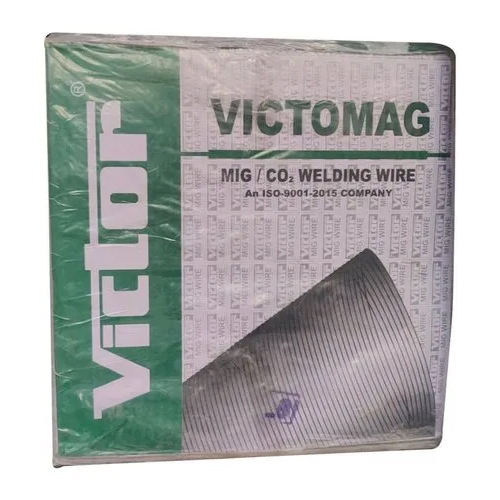
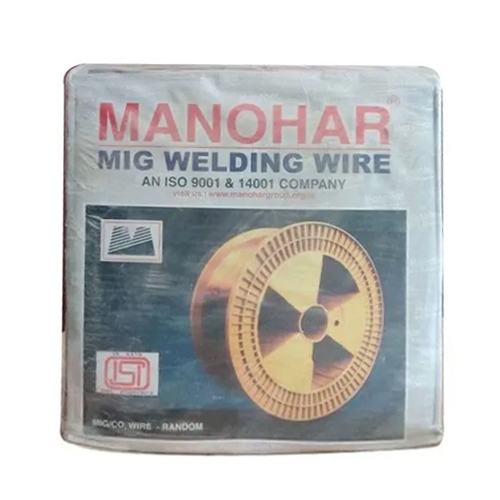
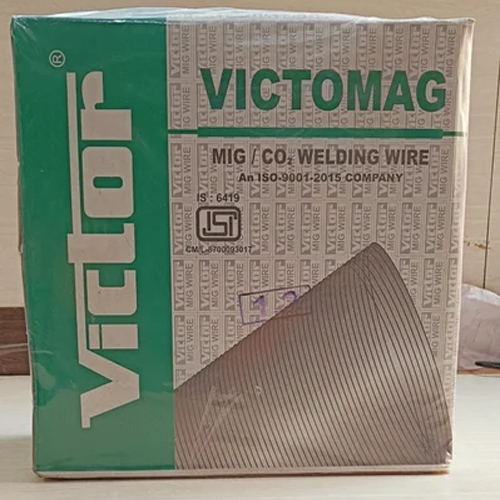
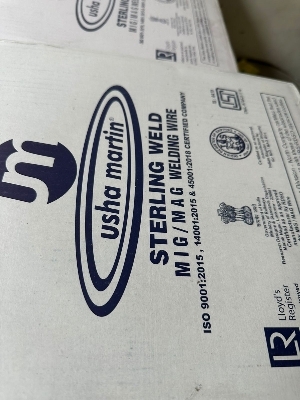


 Send Inquiry
Send Inquiry Send SMS
Send SMS